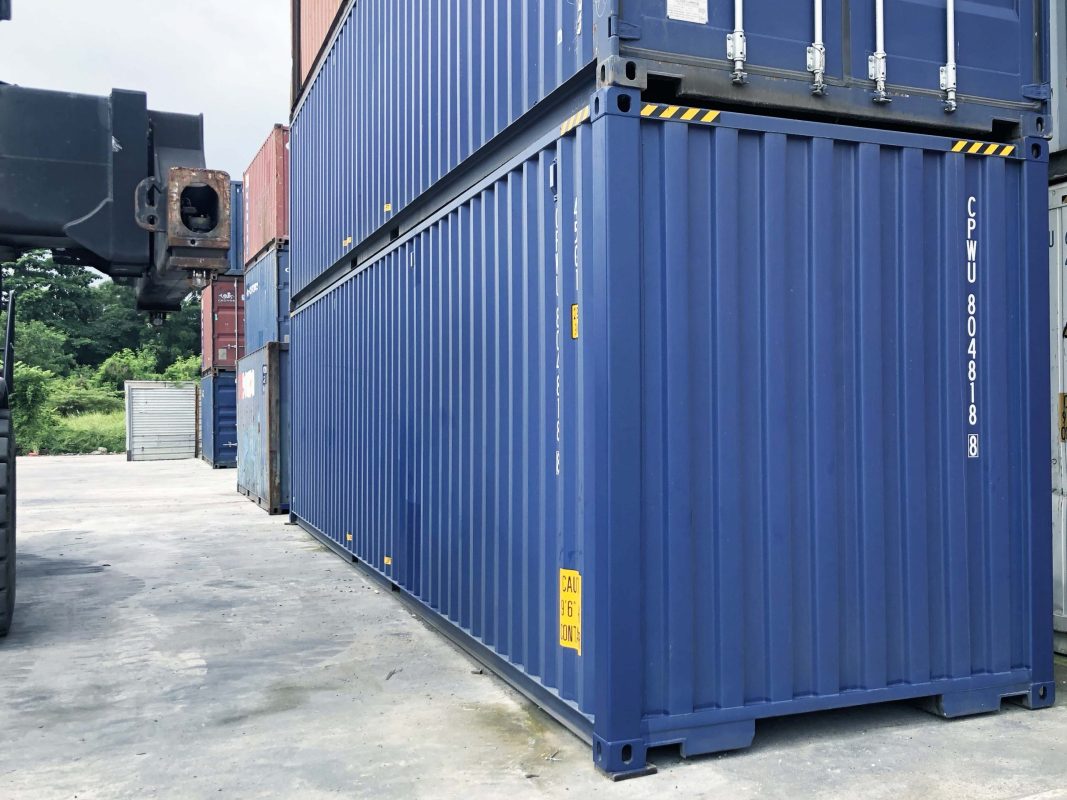How to Create a Shipping Container Guesthouse: A Comprehensive Guide

Shipping container homes have surged in popularity due to their affordability, versatility, and eco-friendliness. One compelling use of these containers is to create a guesthouse that offers a unique, stylish, and functional living space for visitors. Whether you’re looking to build a cozy retreat in your backyard or a chic getaway for Airbnb, this comprehensive guide will walk you through the essential steps to create a shipping container guesthouse.
1. Planning and Design
1.1 Define Your Goals
Before diving into construction, clearly define what you want from your guesthouse. Consider the number of guests it will accommodate, desired amenities, and how it will blend with the existing structures on your property. Think about the purpose of the guesthouse: will it be a private retreat, a rental space, or a combination of both?
1.2 Choose the Right Container
Shipping containers come in various sizes and conditions. Standard sizes are 20ft and 40ft, with the latter offering more space. Decide based on your space requirements and budget. Containers are also available in high-cube versions, which provide extra height.
1.3 Create a Design Plan
Work with an architect or a designer experienced in container structures to create a detailed design plan. This plan should include floor plans, elevations, and a list of materials. Consider integrating large windows and glass doors to maximize natural light and provide a welcoming atmosphere.
2. Site Preparation
2.1 Select a Location
Choose a level area on your property for the container. Ensure it’s accessible for delivery and provides adequate drainage to prevent water accumulation around the container.
2.2 Foundation Work
Although shipping containers are robust, they require a stable foundation. Options include concrete piers, a concrete slab, or a raised timber platform. The choice depends on the local soil conditions and climate. A proper foundation will help avoid issues like rust and instability.
3. Container Preparation
3.1 Inspect and Modify the Container
Before using the container, inspect it for rust, dents, or other damage. If needed, perform repairs or treatments to prevent rust and extend the container’s lifespan. Modify the container according to your design plans, such as cutting openings for windows and doors. Ensure these modifications are structurally sound and weatherproof.
3.2 Insulation and Ventilation
Shipping containers are made of metal, which can make them very hot or cold depending on the weather. Insulate the container with materials like spray foam or rigid foam boards. Proper insulation helps regulate the internal temperature and enhances comfort. Install ventilation systems or air conditioning to ensure airflow and maintain a comfortable environment.
4. Interior Design and Construction
4.1 Layout and Partitioning
Design the interior layout to make the most of the container’s space. Include essential areas such as a bedroom, bathroom, and living area. Use partition walls to separate these spaces if needed. Lightweight materials like plywood or drywall can be used for partitions.
4.2 Flooring and Walls
Choose durable flooring that can withstand wear and tear. Options include hardwood, laminate, or vinyl. For walls, you can use drywall or tongue-and-groove panels to create a cozy and inviting space. Paint or wallpaper can add finishing touches.
4.3 Plumbing and Electrical Work
Install plumbing and electrical systems according to local codes and regulations. A small bathroom with a shower, sink, and toilet can be easily integrated into the container. For electricity, ensure proper wiring and outlets are installed, considering energy-efficient options like LED lighting.
4.4 Furnishing and Decoration
Furnish the guesthouse with comfortable and stylish furniture. Consider multifunctional pieces to maximize space. Add decor elements like rugs, curtains, and artwork to make the space feel homely and inviting.
5. Exterior Finishing
5.1 Painting and Sealing
Apply a weather-resistant paint to the exterior of the container to protect it from the elements and improve its appearance. Consider a color that complements the surrounding environment. Seal any gaps or seams to prevent water ingress.
5.2 Landscaping
Enhance the area around the guesthouse with landscaping. Plant shrubs, install outdoor lighting, and create pathways to improve the aesthetic and functionality of the space.
6. Legal Considerations
6.1 Permits and Regulations
Check local building codes and zoning regulations to ensure your shipping container guesthouse complies with legal requirements. Obtain necessary permits before starting construction. This step is crucial to avoid potential legal issues and ensure your project meets safety standards.
Conclusion
Creating a shipping container guesthouse can be a rewarding project that adds unique value to your property. By carefully planning and executing each step, from design and site preparation to interior construction and finishing touches, you can build a functional and stylish space that will impress your guests. With proper attention to detail and adherence to regulations, your shipping container guesthouse will provide a comfortable and enjoyable retreat for years to come.

